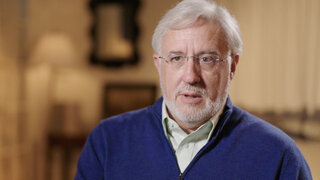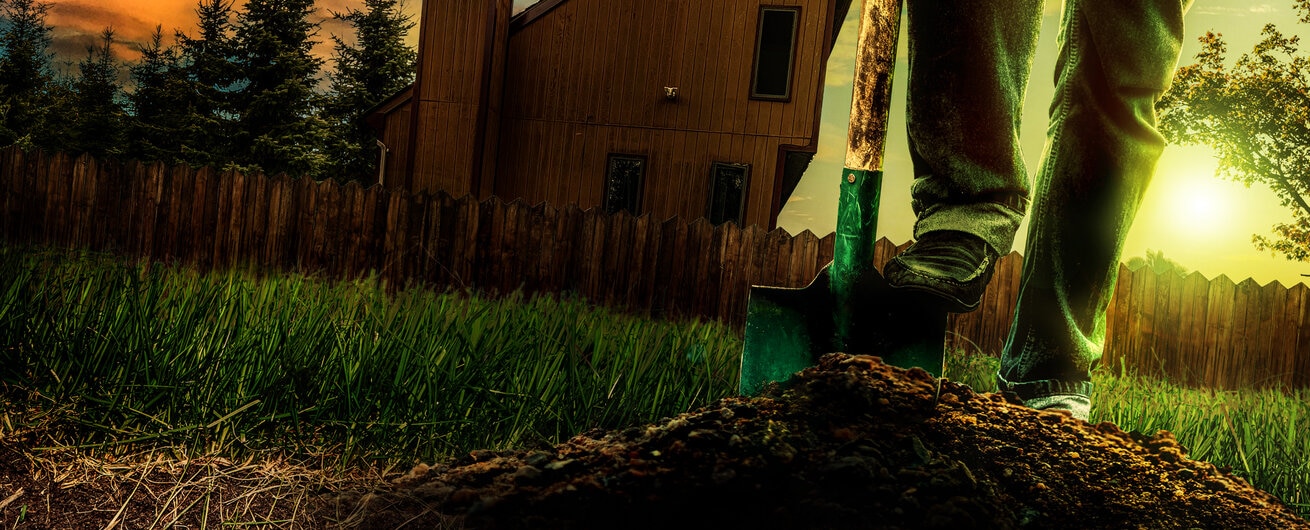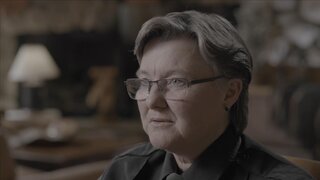Create a free profile to get unlimited access to exclusive videos, breaking news, sweepstakes, and more!
Scientists Think They Solved the Mystery of the Dyatlov Pass Incident — But Did They?
A group of hikers were found dead in suspicious circumstances on a remote mountain range in 1959.
The Dyatlov Pass Incident has been one of the most enduring mysteries of the last century.
Difficult circumstances and harsh environmental factors made it almost impossible to determine what had happened to a group of hikers found dead in the Russian mountains of Kholat Syakhl. Fortunately, rescuers had a much easier time finding the hikers in comparison to the cases in Oxygen's Buried in the Backyard, which will explore its first case to be "Buried in the Snow" in Season 2.
A search and rescue team set out to find a group of nine hikers who had intended to travel across a mountainous region of what was then the Soviet Union. The group was originally comprised of 10 students and alumni from the Ural Polytechnical Institute (UPI): Igor Dyatlov, 23; Yuri Doroshenko, 21; Lyudmila Dubinina, 20; Georgiy Krivonishenko, 23; Alexander Kolevatov, 24; Zinaida Kolmogorova, 22; Rustem Slobodin, 23; Semyon "Alexander" Zolotaryov, 38; and Yuri Yudin, 21.
RELATED: Who is the Trunk Lady?: Arizona Mom’s Body Identified in Florida After 53 Years
Dyatlov was a fifth-year student and led the group on their trip through the snow-covered mountains, planning to begin their journey in late January and end in February 1959. They had estimated that their expedition through the North Ural Mountains would cover at least 190 miles and take 16 days to complete, CNN reported. Once they reached their final destination, they would send a telegram indicating that they had made it safely.
Who was the survivor of the Dyatlov Pass Incident?
According to their diary entries, which have been translated by authors Teodora Hadjiyska and Igor Pavlov on DyatlovPass.com, the group sent their last letters and communications from Vizhay on January 26, 1959. Two days later, they left civilization, and while they had only just started skiing, Yudin decided to turn back because of health issues and aching joints.
The group made their final diary entries on Feb. 1 and no further photos were taken.
Yudin made it home, but the rest of his friends perished. Though many theories have been proposed in the years since, their cause of death remains a mystery.
"If I had a chance to ask God just one question, it would be, ‘What really happened to my friends that night?’” Yudin told the St. Petersburg Times in 2008.
The search for the hikers began in mid-February, days after the group was initially expected to return from their hike. Organizers waited to look for nine students since another group of hikers had just returned from the mountains and reported that there was a heavy snowstorm. "In light of this information it was assumed that hikers are spending these extra days somewhere in the safety near Dyatlov Pass," Hadjiyska and Pavlov wrote on DylatovPass.com.
Multiple search parties eventually set out on February 21, but it would take another five days for rescuers to discover Dyatlov and the rest of the hikers' tent, which had seemingly been cut from the inside.
"Tent is stretched on poles and fixed with ropes, at the bottom of the tent 9 backpacks were discovered with various personal items, jackets, rain coats, 9 pairs of shoes," a report states.
It appeared that the group had abandoned the tent in a hurry, leaving behind a majority of their protective gear and belongings. As the search parties combed through the belongings, they began to question what could've forced the group to venture out into the snow-covered mountains — had someone chased them away?
How did the hikers die on the Dyatlov Pass?
On February 27, the search parties recovered the mostly naked bodies of Doroshenko, Krivonischenko, and Dyatlov, who had walked about a kilometer and a half away from their tent. Kolmogorova was also found nearby. They had made a small fire but their clothing was removed.
Autopsies conducted the following week determined that they all died of hypothermia, though they had an array of injuries that raised more questions than answers.
Doroshenko had a blunt force injury, Krivonischenko had apparently bitten off a piece of his knuckle and had third-degree burns, Dyatlov had vomited blood and Kolmogorova had a bruise on her waist, according to Dyaltovpass.com.
The next body to be found was that of Slobdoin, who had also died of hypothermia and suffered a major head wound. Both he and Kolmogorova were the only ones to be found fully dressed, leading Hadjiyska and Pavlov to believe that the hikers had removed their friends' clothing in the hopes of staying warm.
The remaining four bodies were found by a local and their dog a few months later, in May. They had seemingly built themselves a den, where they were found fully-clothed. An autopsy determined that Dubinina and Zolotaryov had died of hemorrhaging, while Kolevatov and Thibeaux-Brignolle had died of traumatic injuries.
Some of the more perplexing injuries that the latter group suffered include broken bones and head injuries. Dubinina and Zolotaryov were both missing their eyeballs, and Dubinina's tongue was also missing. Kolevatov's eyes were intact, but his eyebrows had been removed, exposing his skull.
And to make matters more intriguing, some of Dubinina and Kolevatov's clothing tested positive for radiation.
What are the theories surrounding the Dyatlov Pass Incident?
Investigators initially considered that the students had been killed by locals, but the injuries didn't indicate they had died of homicide. Other theories are more far-fetched, with some suggesting that Dyatlov inadvertently led the group into a top-secret Russian nuclear testing site. Aliens have also been named as potential suspects due to reports of orange lights in the sky that night.
But the strongest theory yet is that the hikers died in an avalanche. The theory goes that the hikers noticed the early signs of an avalanche, left their tent in a hurry and then got lost when they went to retrieve their belongings. The first group found nearby died of hypothermia, while the second group died of the avalanche.
Scientists have sought to prove this is what happened for years, and animators from Disney's Frozen even tried to simulate the effects of the weather on the night of Feb. 1, Smithsonian Magazine reported. The results proved that an avalanche likely took place, though they couldn't prove that the force of the snowfall was strong enough to cause the hikers' injuries.
The Russian government has since accepted that an avalanche was the true cause of the Dyatlov Pass Incident, but naysayers remain unmoved. Whether the truth will ever be discovered is unknown and the secrets of what happened that night likely remain buried in the snow.

























